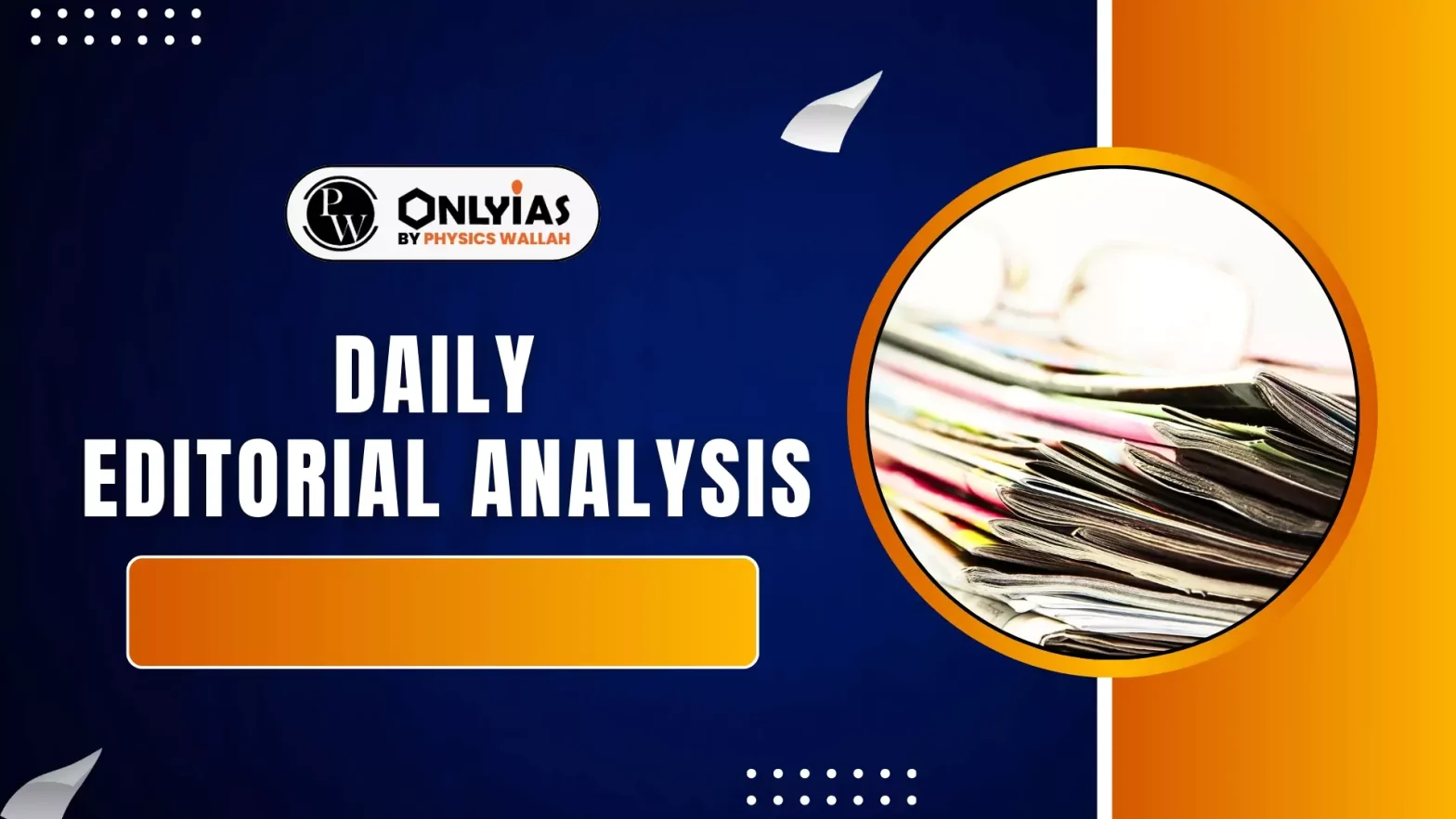There is a necessity of boosting domestic natural resource mining to achieve the goal of an Atma Nirbhar Bharat and Vikshit Bharat by 2047.
Current Scenario
- Import Burden: India imports 90% of oil, 95% of copper, and over 99% of gold.
- Coal and bauxite are also imported despite large domestic reserves.
- Import dependency burdens the economy, increases the Current Account Deficit, and compromises strategic autonomy.
- While domestic electronics production has improved, the natural resources sector remains underutilised.
Potential of Mining In India
- Vast Geological Resources: India has geological resources comparable to Australia, Africa, and South America.
- Shared Supercontinent History: Millions of years ago, these landmasses were part of the same supercontinent with rich mineral and hydrocarbon endowments.
- Untapped Potential: Unlike other regions, India has yet to fully explore and utilise these resources.
Measures For Boosting Mining In India
- New Approach to Exploration:
- Globally, exploration is carried out by small exploration companies that function more like start-ups than large companies.
- These companies undertake high-risk, high-reward exploration.
- The government should change the auction system, free up exploration for young entrepreneurs, and focus less on immediate revenue, as tax revenue will be generated once mining begins
- Expedited Processes through Self-Certification:
- A Self-Certification Model should be implemented, where entrepreneurs certify compliance.
- Later, via an audit process, the government can hold them accountable for any lapse.
- Rejuvenation of Existing Assets
- Assets that are closed or underperforming should be boosted.
- Examples include the defunct Kolar Gold Fields and the under-producing Hindustan Copper in copper or Hutti Gold Mine.
- These assets should be opened to the private sector to attract new investment and the latest technologies.
- This would yield immediate results faster than starting new mines and aligns with the National Monetization Pipeline
- Level Playing Field for Public and Private Sector: The dominance of PSUs, which often receive preferential treatment, must end.
- Creating a level playing field and competition between PSUs and private companies will increase efficiency and benefit the country.
Concerns Associated With Mining and Exploration
- Environmental Impact: Mining causes significant environmental harm, including deforestation, water pollution, and air pollution.
- Risk of Self-Certification: If poorly implemented, the self-certification model could increase the risk of illegal mining (as highlighted by cases like the Shah Commission findings in Goa and Odisha).
- Auditing must be extremely strong.
- Social and Tribal Rights: Mining areas are often located in tribal belts, leading to the displacement of communities.
- The principle of Free Prior and Informed Consent (FPIC) must be guaranteed before mining begins in tribal areas.
- Sustained Development: India must pursue Sustainable and Inclusive Development rather than “blind mining”.
- The focus should also be placed on the Circular Economy and the three Rs: Reduce, Reuse, and Recycle.
Conclusion
The proposed measures do not require government budgetary support and will, in fact, enhance revenue, support livelihoods, enabling the natural resources sector to make a significant contribution to the goal of Viksit Bharat by 2047.
![]() 2 Oct 2025
2 Oct 2025

